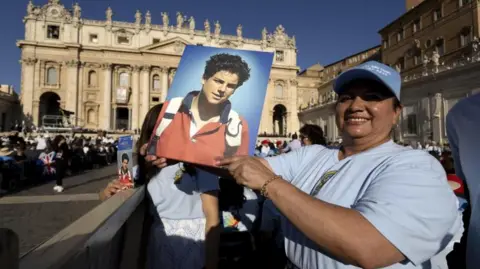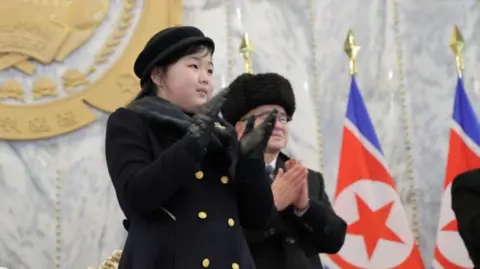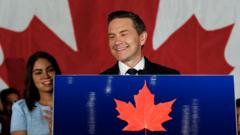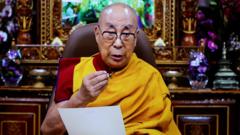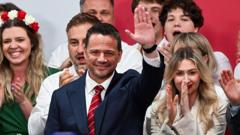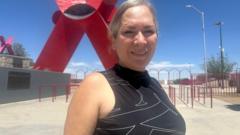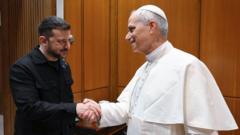As the sun dipped below the horizon on May 7, 2025, a significant moment unfolded in Vatican City. Inside the sacred walls of the Sistine Chapel, 133 cardinals were cloistered, beginning one of the most solemn rituals in the Catholic Church: the election of a new pope. This conclave awaited the first smoke signal—either white for a successful vote or black for continued deliberation—while, outside, an eager crowd gathered in St. Peter’s Square.
The atmosphere buzzed with excitement, spirituality, and uncertainty as thousands filled the square, hoping to witness a pivotal moment in Church history. Many had come from across the globe, standing watch through the day, fueled by anticipation and prayers. The cardinals, engaged in secret discussions and voting, would use a time-honored method of electing a pope by writing candidates' names on ballots, taking care to disguise their handwriting for privacy.
As the hour of reckoning drew nearer, the chiming of the bells signaled the moment of truth. At 9 p.m. Vatican time, the anticipated signal billowed from the chimney crowning the chapel. Instead of the anticipated white smoke heralding a new spiritual leader, dark plumes emerged, indicating that no consensus had been reached, marking the first of what could be many attempts to find a successor to Pope Francis.
In the crowd, priests and laypeople expressed their mixed emotions. “We have waited and hoped, but this is just the beginning,” noted Father Peter Mangum from Louisiana, who, like many others, had endured hours in anticipation. The continuation of this ancient practice means the cardinals will return to their deliberations, with hopes set on the possibility of a prompt and emphatic decision in future rounds of voting.
The evening's events exemplified the tension and hope inherent in the dynamic of papal elections—a time-honored tradition steeped in centuries of history, now converging with modern expectations in a globally connected society. The world continues to watch closely, awaiting the next signal from the Vatican that may eventually guide millions of faithful into a new era of leadership.









